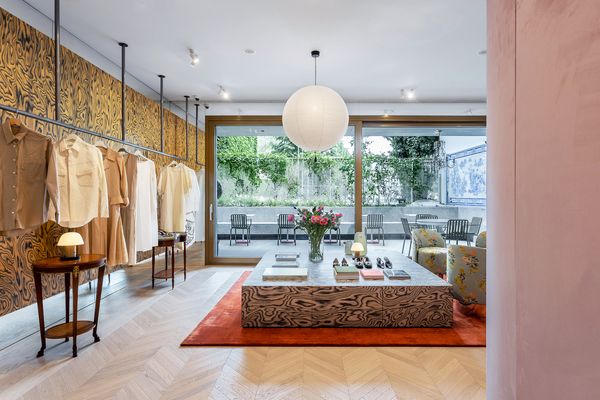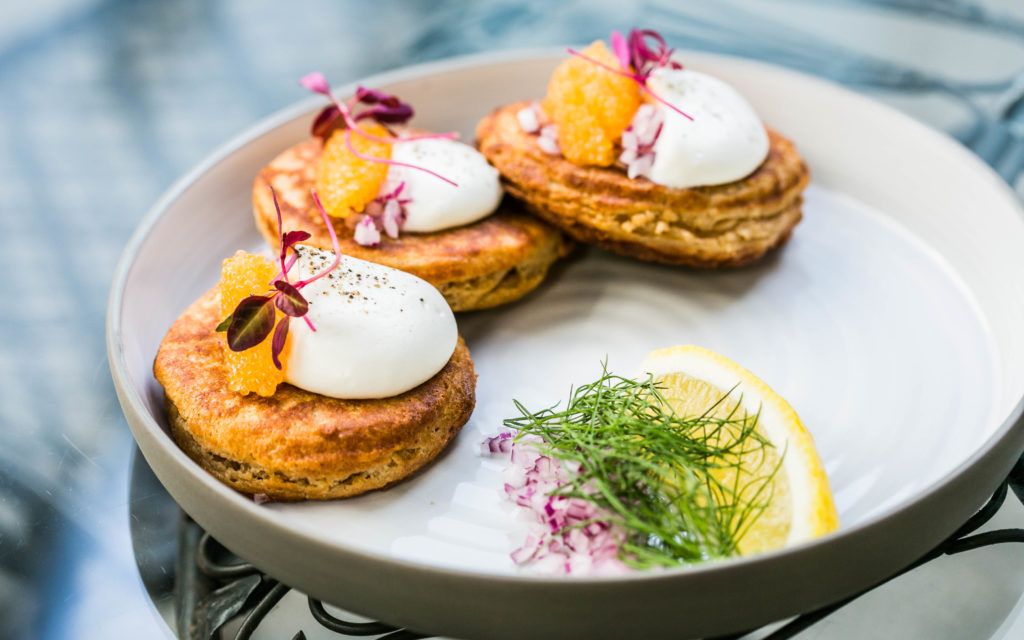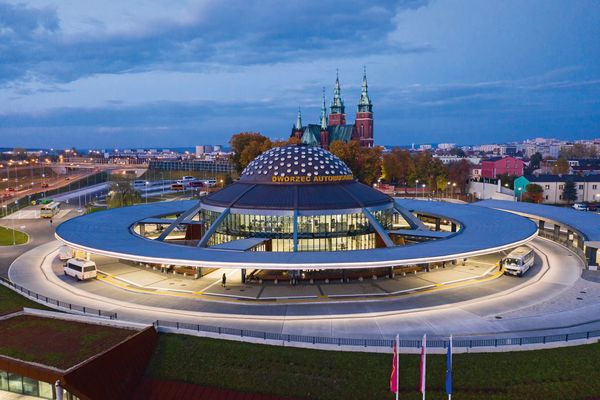Estonia’s capital is a culinary hotspot. We have delved into the mysteries of Slavic, Russian, and Estonian cuisine to bring you three of Tallinn’s best restaurants. Our recommendations from the Jewel of the Baltic, Tallinn.
Tallinn is a magical city, as is the whole Baltic region. In the three Baltic countries – Lithuania, Latvia, and Estonia – there is something of an ancient force, a natural influence that is like a ghost around us as we explore the churches of Vilnius, wander the marshes and beaches around Riga, or stroll the medieval alleys of Tallinn. The Baltics is a beautiful and exciting destination, a part of our world that is less infested with mass tourism.
My personal favorite is Tallinn, the capital of Estonia. Though all three Baltic countries have some surprises to offer, Estonia stands out in terms of tourist attractions. Tallinn has the medieval character of a Hanseatic trading town, with a modern Scandinavian touch and a hint of Soviet heritage. This mixed picture is complemented by diverse cuisine, making Tallinn a brilliant culinary destination. The city offers flavors, ingredients, and concepts ranging from authentic East Slavic roots to Tsarist Russian and modern Scandinavian cuisine. Hypeandhyper’s recommendation of the three best restaurants in the Estonian capital.
MOON
„Moon” means poppy in Estonian, and poppy seeds are a typical ingredient in Slavic cuisine. Since 2009, MOON has been nestled in a small street in the Kalamaja district of Tallinn’s harbor, offering modern Slavic cuisine in a Nordic style, blending simplicity, sustainability, and local flavors. Chef Roman Zaštšerinski’s culinary creations prove these key characteristics. Thanks to the restaurant manager, Jana Zaštšerinski, the place has a homely atmosphere with elegant yet traditional elements. Sommelier Mikk Parre’s careful selection ensures that the wine and spirits list offers us a wealth of possibilities too.

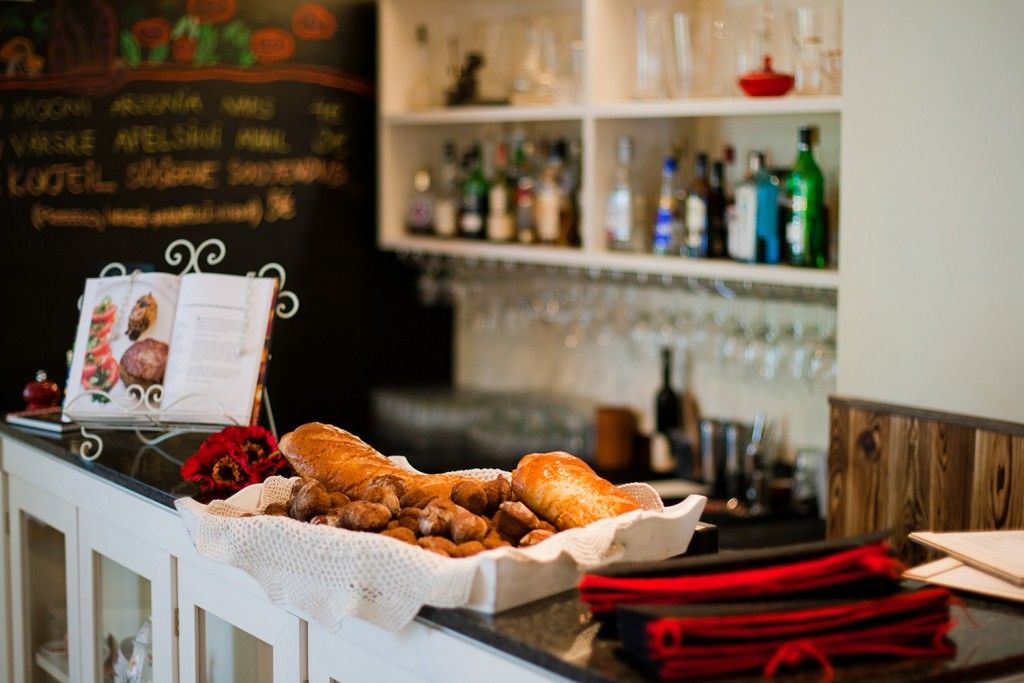

A favorite among the regular guests is the buckwheat blini, served with whitefish roe, red onion, sour cream, and dill, as in a typical Slavic home. But we started with the borscht soup, offered with a basket of homemade bread: Estonian black bread on the one side and a poppy seed plaited soft white loaf on the other—a nice appetizer before the soup. The borscht is served in a bowl with a traditional painted pattern; its red color is broken up by a dollop of sour cream in the middle, garnished with dill. Borscht is an authentic Slavic dish: the Russian version is made with beetroot, beef, and potatoes, while the Ukrainian has no meat as legumes, mainly broad beans, and green beans play the primary role in it. Some versions even use fish, but our table is graced by the beef version. Borscht is often a heavy dish, which could even be the main course, but fortunately, MOON’s is not: the beetroot’s flavor and softness predominate in the soup, the juice is crystal clear, the beetroot pieces have a pleasant crunch, and the beef is finely diced. A little sour cream and dill add a new dimension to each bite. MOON’s borsch soup is a succulent and light version, without any twist or reinvention; a great classic in a gorgeous form but made with a sophisticated cooking technique. The same can be said of Chicken Kyiv. In some parts of Central and Eastern Europe, Chicken Kyiv is disastrously stuffed with cheese in addition to the herb butter in the palm-sized breaded chicken fillets. The original Chicken Kyiv, also known as côtelette de volaille, contains butter blended with a dill-dominated fresh herbs mix, while the meat is cut into medium-sized pieces. When we slice our stuffed chicken breasts with our knives, the butter should flow out; this happens with MOON’s Chicken Kyiv, of course, too. The meat is accompanied with mashed potatoes and a green salad with hazelnut dressing, adding a gentle acidity to the dish. What else could we have but a Napoleon cake to complete our dinner? If there is one classic cake in Slavic cuisine, it is the vanilla-cream multi-layered Napoleon pastry, a very heavy dessert. MOON’s Napoleon, however, is a lighter version, aided by lingonberry sauce and topped with caramelized condensed milk. Is there a more evocative memory from a Soviet kitchen than canned condensed milk, and is there a more elegant reimagining of such a stodgy ingredient? I believe there is not. Our dinner was accompanied by Estonian craft beers, Estonian spiced vodka, and a sweet dessert wine. The northernmost Baltic country excels in sweet fruit wines.
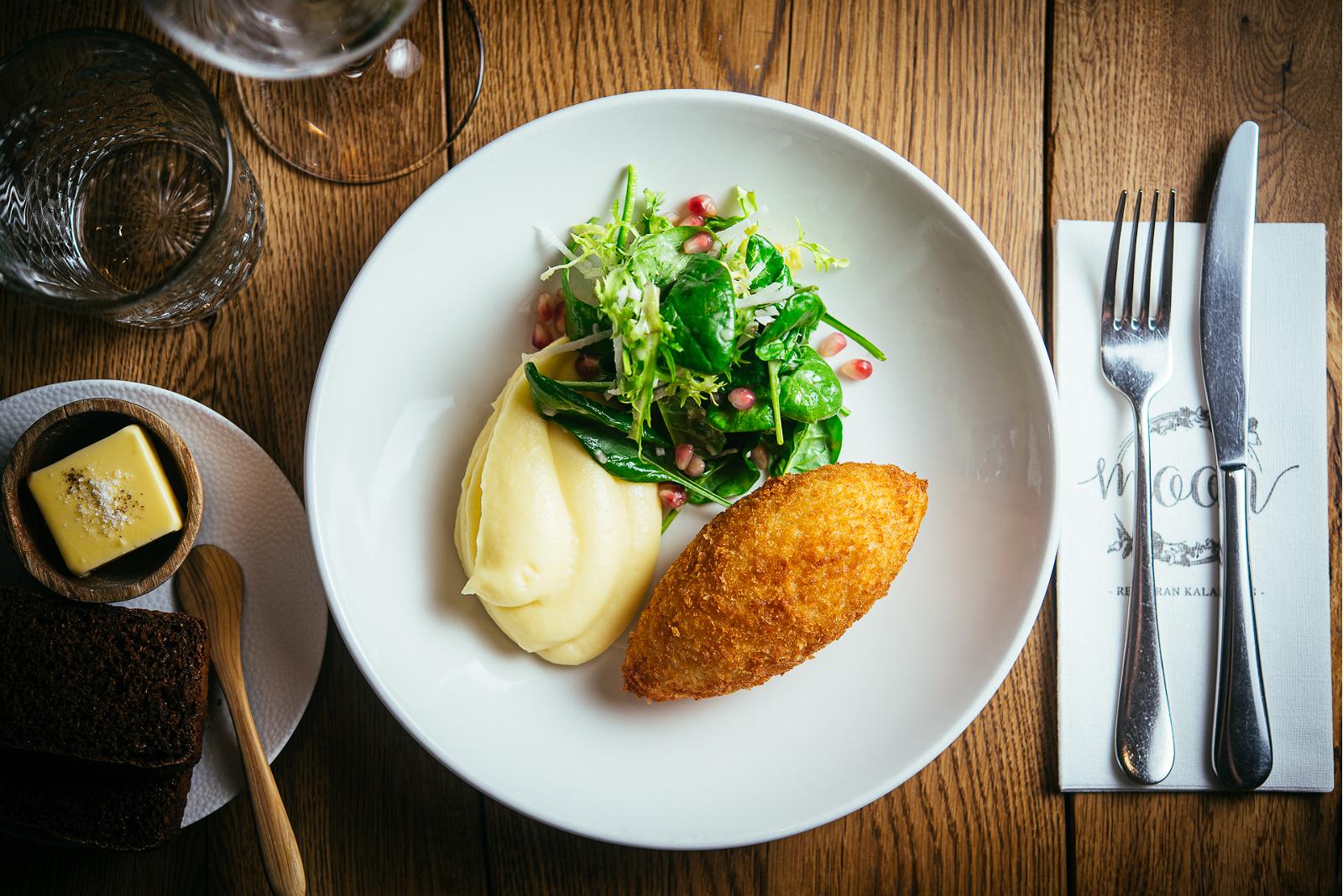
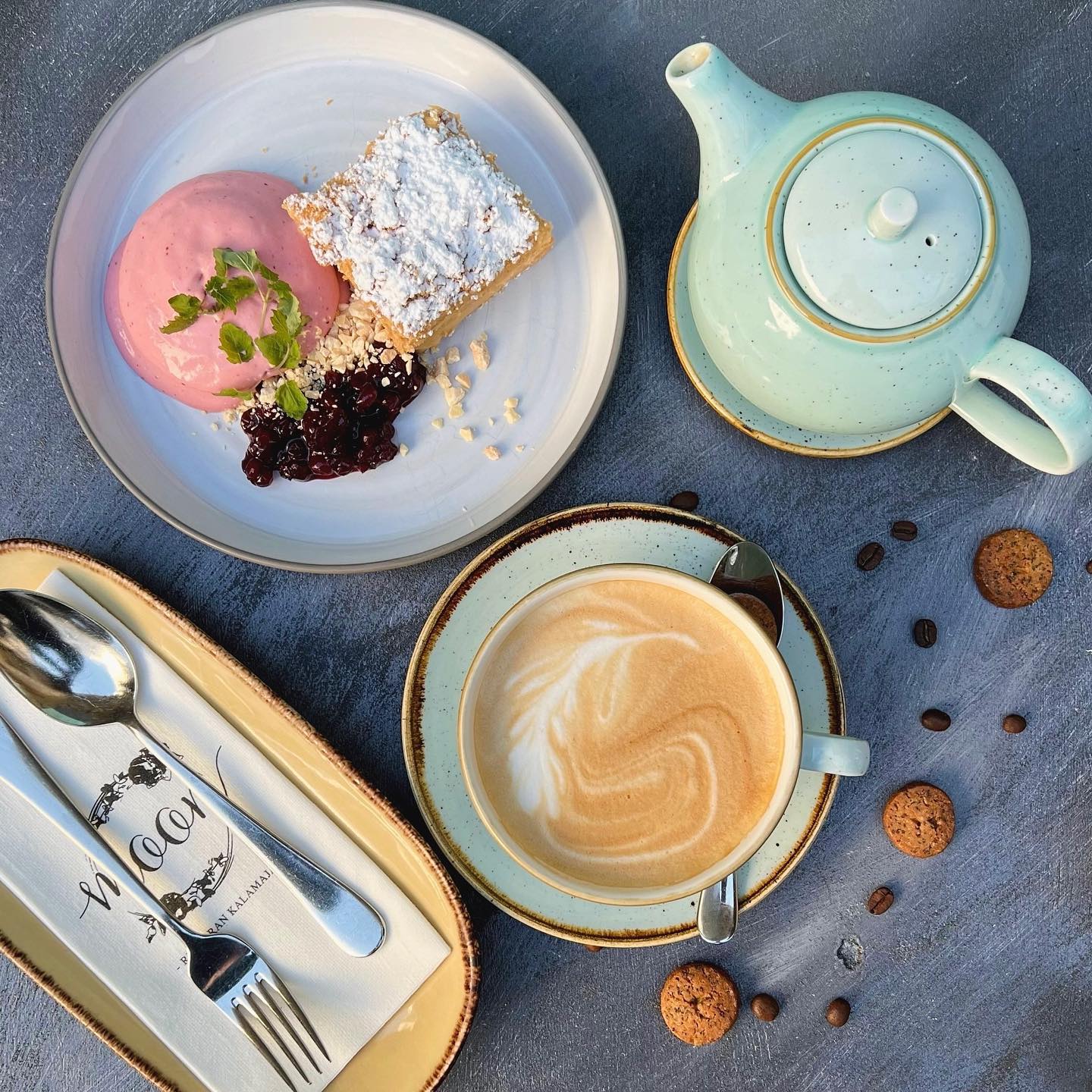
MOON takes classic Slavic cuisine to the next level in a homely atmosphere, with excellent ingredients and modern kitchen technology. The staff is highly professional, and the service is second to none. Our first day in Tallinn should always include a meal at Restaurant MOON to start the perfect holiday.
Rataskaevu 16
Rataskaevu 16 is a brand. I tried four times to book a table at the restaurant during one of my trips to Tallinn but never succeeded. This time I was luckier. Rataskaevu 16 is one of the icons of Baltic cuisine. But wait a minute, there is a question in this case: does Baltic cuisine even exist? The Baltics, a geopolitical battleground, have been subject to millions of impacts throughout history, which is reflected in the cuisine too. In my humble opinion, Baltic cuisine is a mixture of medieval German, Slavic, Russian and Scandinavian flavors and traditions, with an emphasis on local ingredients. In other words, the task is to create a cuisine that uses only local ingredients and yet is familiar but unique in character. I will not hide the fact that Rataskaevu 16, in the heart of Tallinn, is one of the city’s best, if not the best, restaurants, and there are reasons why. Let us dive deeper into the world of Estonian fine dining.
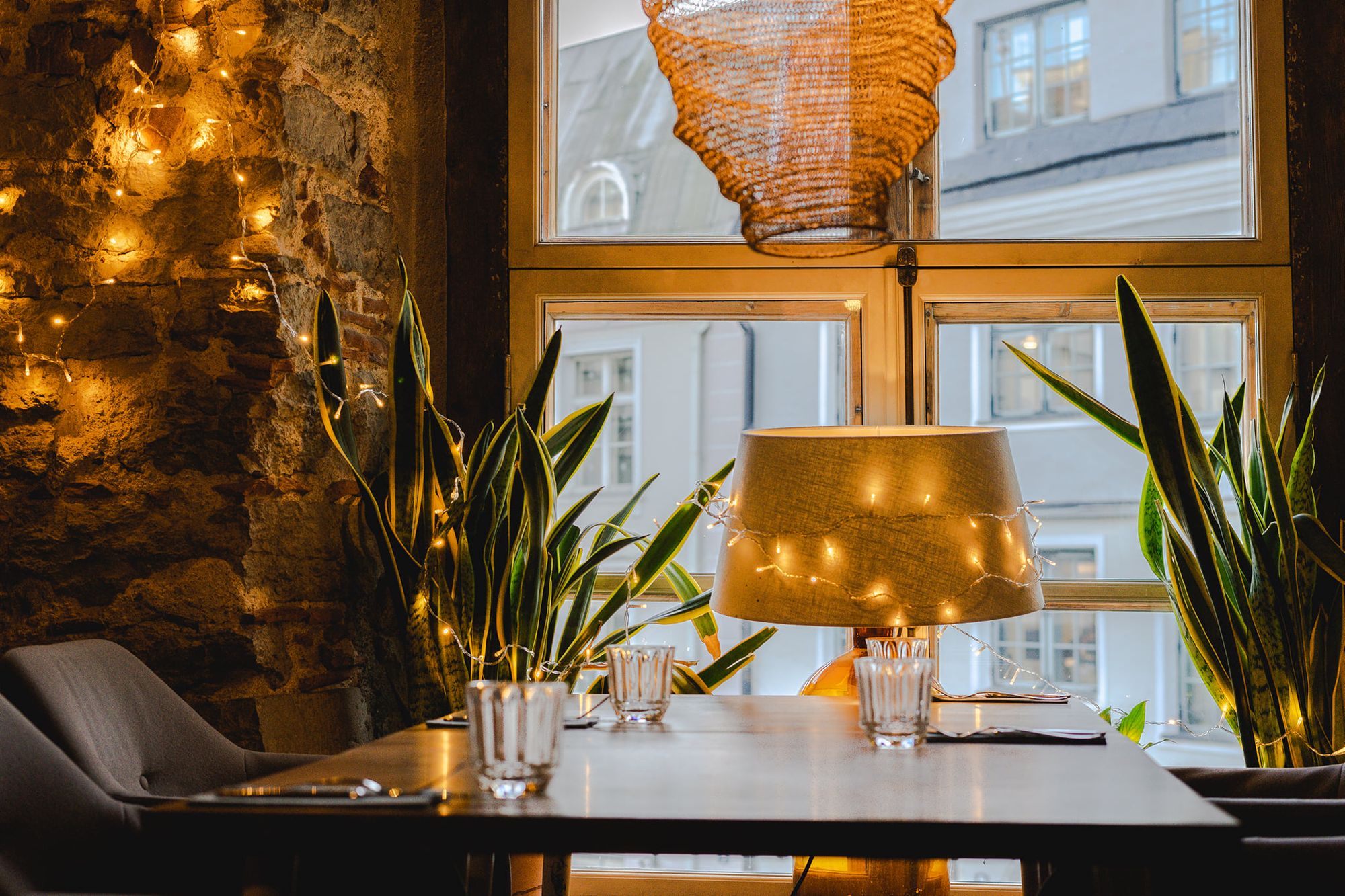
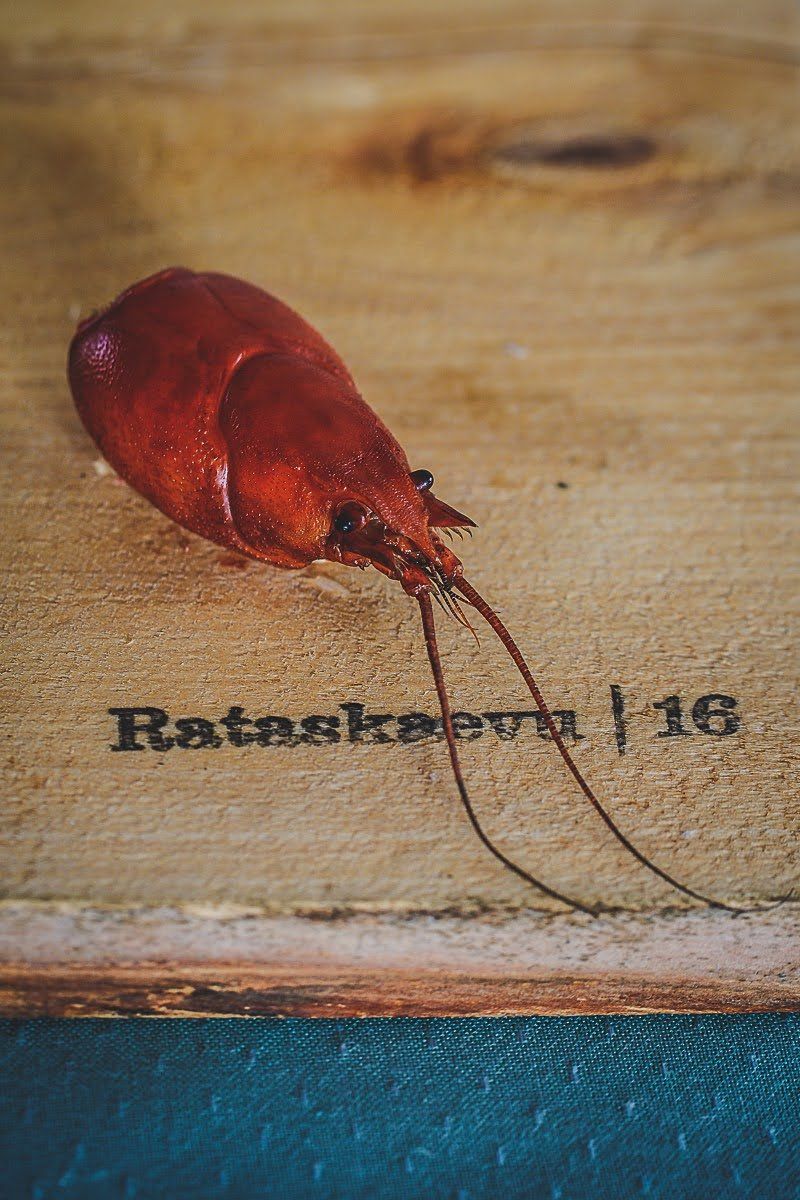
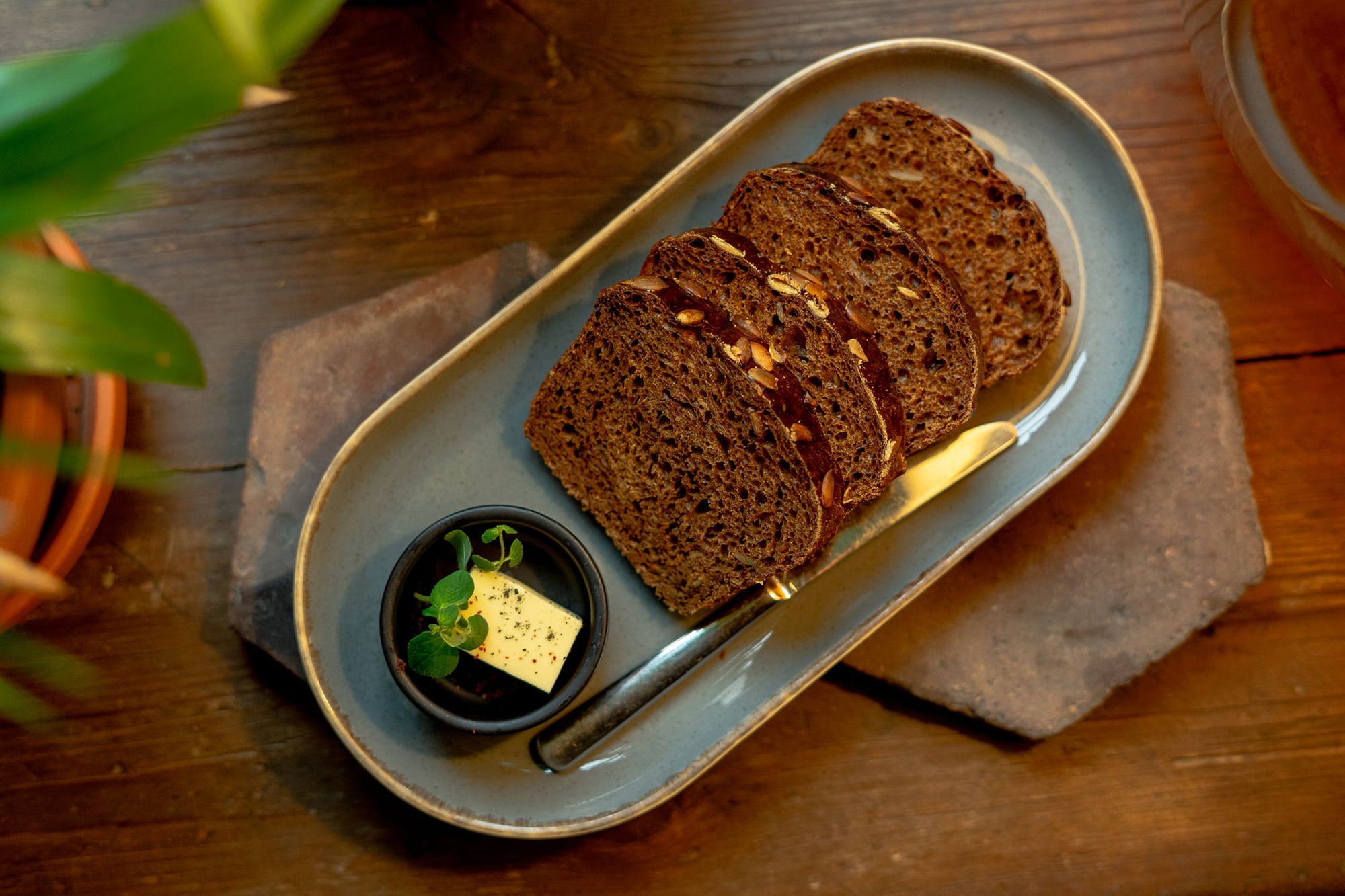
For starters, we chose beetroot tartare with tomato pesto, horseradish cream, and rice crisp. A very complex yet simple appetizer, with beetroot, one of the most common ingredients in northern and eastern cuisine, at its heart. It has a delicious flavor and soft texture, complemented by the rice crisp and the added spice of horseradish, another important element in Baltic cuisine. The dish is accompanied by two slices of pumpkin bread, fresh from the oven, with Estonian butter. The starter is followed by a creamy fish soup, with a depth of flavor from the intense aromas of salmon and cod, complemented by its soft, creamy smoothness. The soup is topped with carrots and seaweed. The taste of the soup is very deep; we did not need a big portion of it; it is intense yet light, standing out among the fish soups I have tasted. Still, the highlight of our dinner is the main course: braised elk roost with sweet potato, fennel, onion, black currant sauce, and zucchini. Elks are killed in the wild, and Estonia has a particularly large elk population, making the country a popular international elk hunting destination. The restaurant is supplied by several hunting organizations. As for the elk roast, although we have eaten a lot of game, we must admit that it rarely had such a pleasant taste. The elk meat has both the distinctive flavor of game meat and the feel of the northern tundra and pine forests. It is a quite mystical dish, perfectly complemented by sweet potatoes and black currant sauce. It is no secret that we would have loved another portion of this dish. However, in that case, there would have been no room for dessert: frozen blue cheese cream with strawberry sauce, roasted raw buckwheat, and sweet potato crisp. The blue cheese cream is a kind of blue cheese ice cream, an innovative and bold idea, combining the characteristics of a cheese board and a dessert simultaneously. In many cases, we may be hesitating about how to end an excellent dinner: with a cheese platter or dessert. The team of Rataskaevu 16 has bravely cut the Gordian knot of this issue, and it turned out to be good that they did.
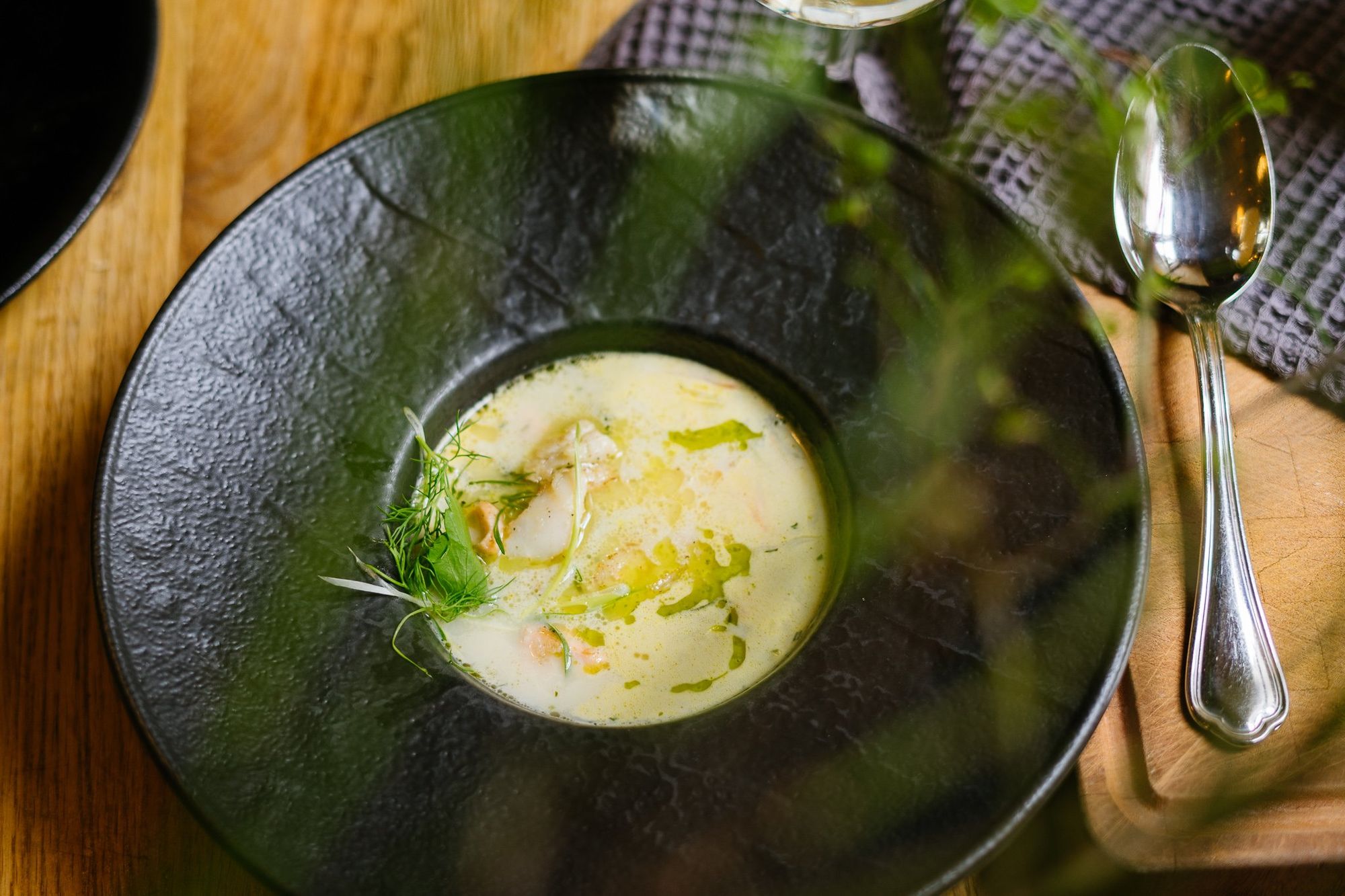
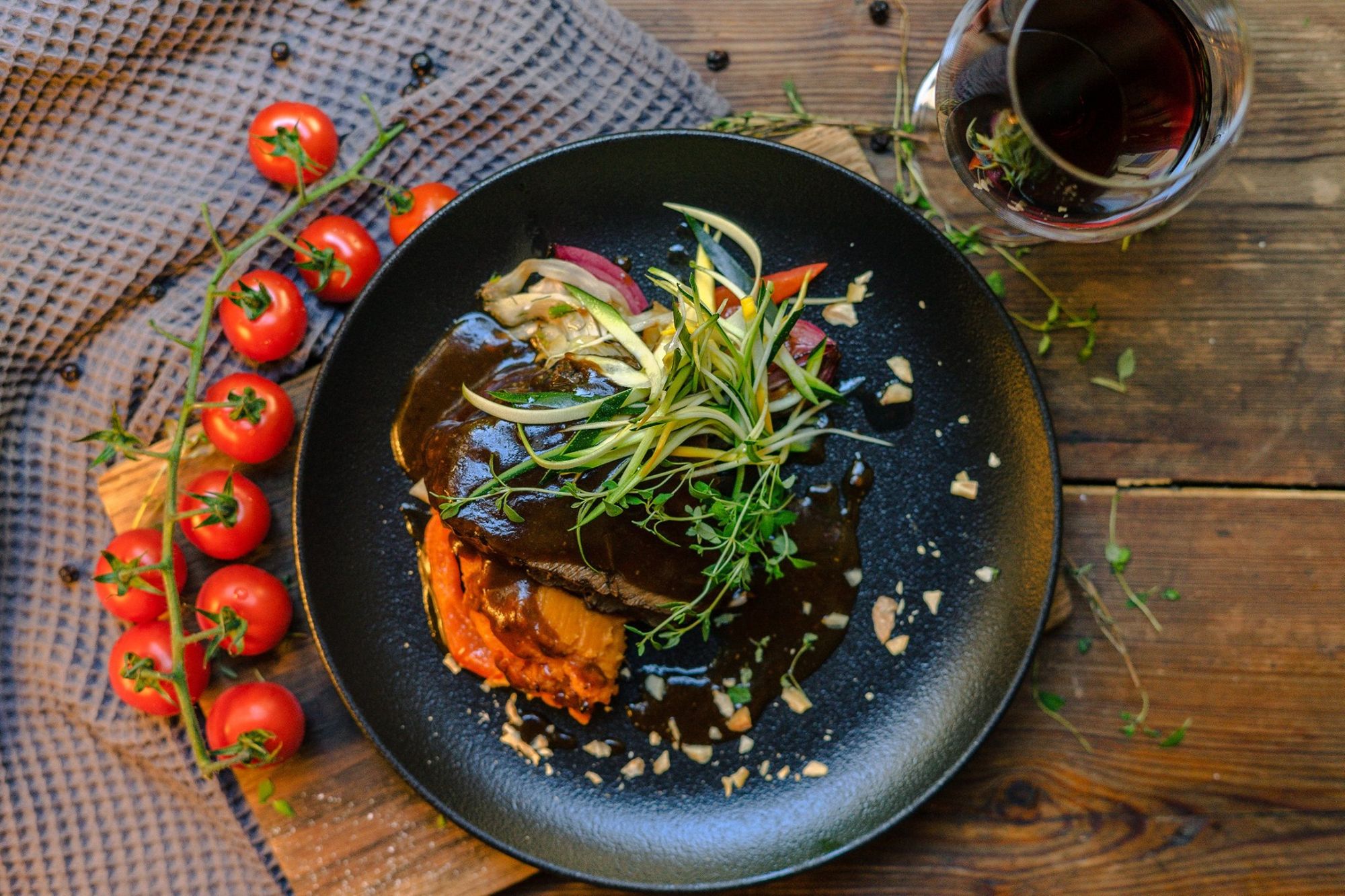
There is nothing to complain about drinks, either. We started with a dry rhubarb sparkling wine from Pärnu County, followed effortlessly by Estonian vodkas and a very creative cider- and calvados-based apple cocktail. We finished our dinner with the restaurant’s homemade strawberry vodka and Estonian honeysuckle dessert wine. Our waiter was very nice, he introduced each course to us and asked our opinion in detail about them, at the end we even exchanged a few restaurant and vodka recommendations. Rataskaevu 16 has a friendly team; it almost felt like home when we were there.
The overall picture is more than perfect. Rataskaevu 16 is one of, if not the, most excellent restaurants in Tallinn, offering Estonian (or Baltic) cuisine that leaves a lasting impression. Some culinary experiences are worth a trip in themselves. In my case, these include the oyster bars near Borough Market, London; the Mandragora in Lublin, one of the gems of Jewish cuisine in Poland; and Rataskaevu 16 is now also on the list as it will always be worth a trip to Tallinn in the future. But we should always be sure and book early!
ODESSA
Odesa is far from Tallinn. The Black Sea port city has been a mix of cultures over the centuries, a melting pot of Russians, Ukrainians, Jews, and Turks. Therefore, the cuisine of Odessa is a special chapter in Slavic gastronomy, with many influences from the Middle East and other exotic lands. The ODESSA restaurant in Tallinn aims to represent this diversity. The restaurant is in the center of Tallinn, on Pikk Street, an area famous for its medieval architecture. The interior is very eclectic, with lots of newspaper clippings and Odessa memorabilia in the basement, capturing the port city’s atmosphere well which I visited in 2018.
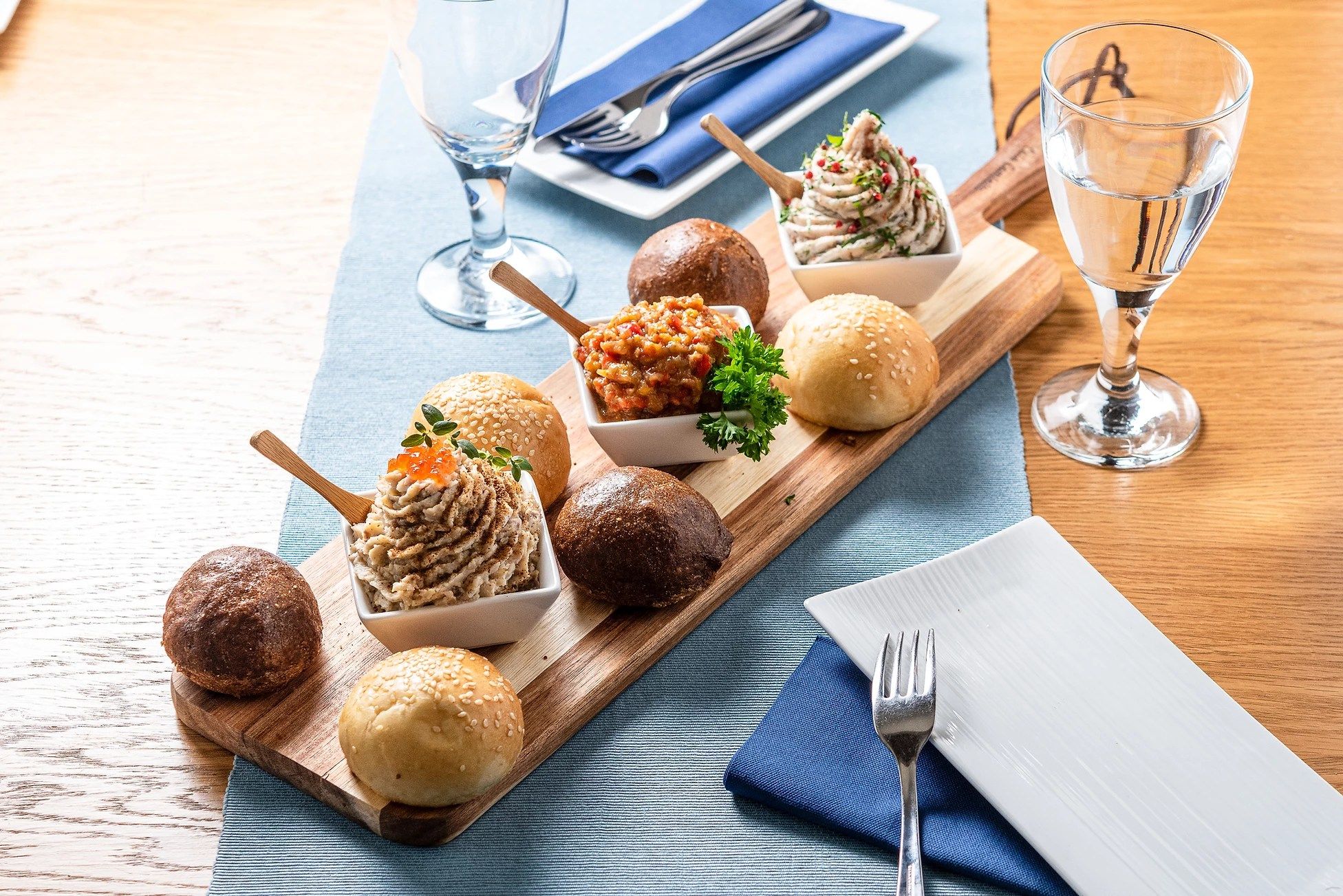
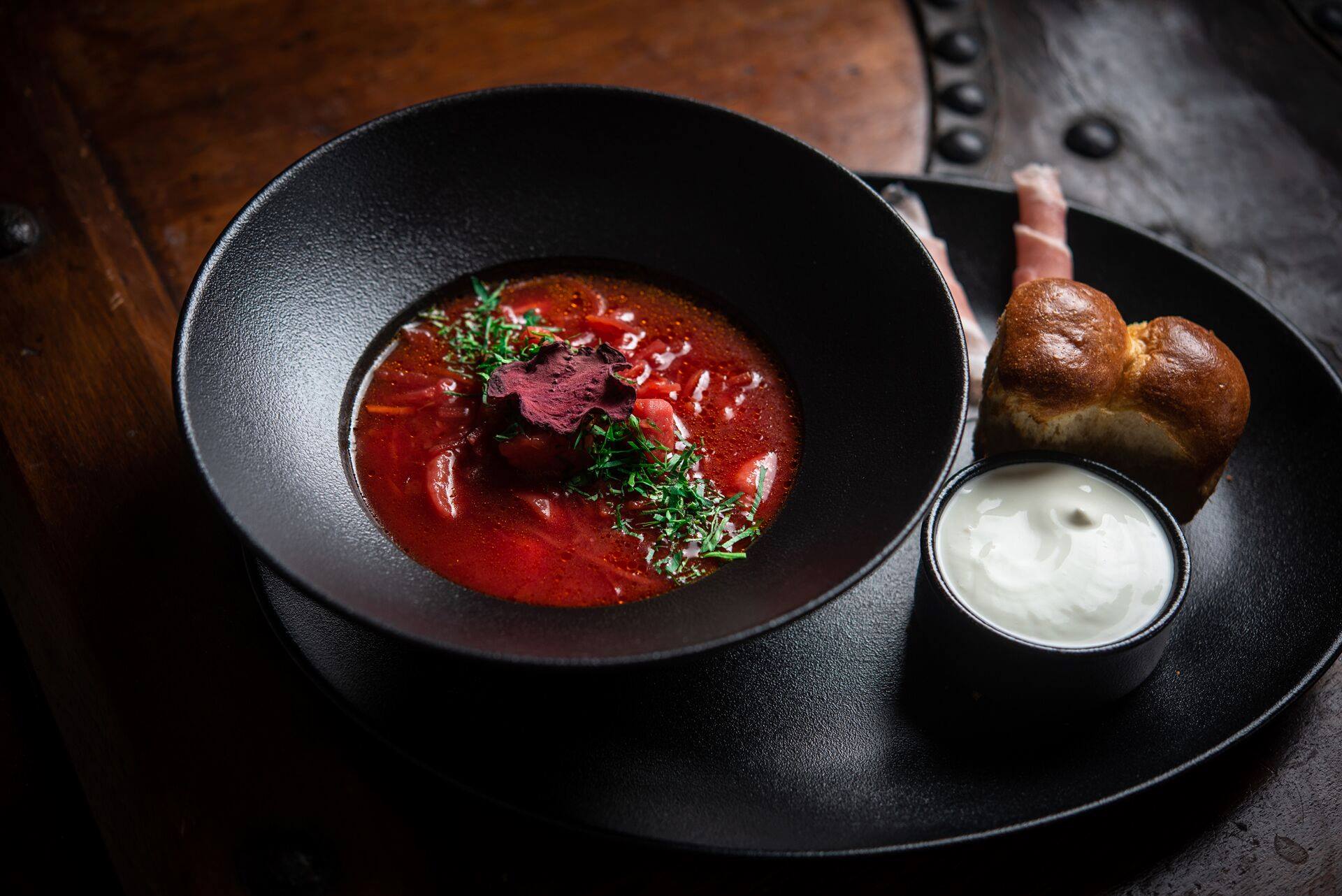
Odesa is also known as the Pearl of the Black Sea but let us look at its Tallinn interpretation now. As an appetizer, we had vorschmack (or forshmak), Odessa’s most famous and iconic delicacy, a cream made from salted herring, especially common in Ashkenazi Jewish cuisine. I had tried this dish in Odesa once, in the street near the Opera House, where it felt very chunky and heavy, but this time it did not feel like that at all. This vorschmack was very light and frothy, topped with tiny quail eggs and salmon caviar to enrich the overall impression; the flavors were very smooth, and the herring’s strong taste did not overwhelm the dish. It was served with poppy seed brioche. The whole menu was accompanied by a large portion of sweet compote and horilka. Horilka is a Ukrainian homemade alcoholic beverage in which the vodka is infused with various herbs; we had the chance to try the horseradish, the peppery, the beetroot, and the red currant version. The horseradish and beetroot flavored versions were absolutely fantastic, paired well with salo (Ukrainian fatty bacon) and pickled cucumber. The horseradish vodka was followed by a soup that would surprise no one: we had borscht again – show me your borscht, and I will tell you what kind of human you are! ODESSA’s borscht is also the traditional version with beetroot, potato, and beef but is made with a completely different approach than MOON’s borscht. Its flavor is much stronger, more rustic, and not so clean. That was not a problem at all, as this soup was much more like the Slavic grandma’s classic, with the beef in bits and pieces. It came with salo, sour cream, and Odesa-style pampushka – a lovely composition. In Odesa’s case, the main could have been Chicken Kyiv again, but we have already tried that in Tallinn, and a comparison would be pointless, so we ordered Kyiv-style pikeperch instead. Undoubtedly one of the most interesting dishes on ODESSA’s menu is „Zraza Kiev,” a fried pikeperch dumpling stuffed with mushrooms and herb butter, served with zucchini pancakes and sour cream. If I had to eat Zraza Kiev twice a week from now on, I would be up for the challenge. The breaded pikeperch fillet with the mushroom filling had a fabulous flavor, and the lightness of the fish was excellently complemented by the zucchini pancakes (originally made with potatoes), which we could top with smaller or larger portions of sour cream at any time. It is a fantastic dish that not even those who visited many oriental restaurants could taste yet. To finish – to compensate for the Chicken Kyiv we did not order – we had a slice of „Kiev Tart classic.” The history of the Kiev Tart (Kyiv cake) is not based on an ancient recipe but was invented in 1956 by the Karl Marx Confectionery Factory, now owned by the justly famous Roshen. The cake has two airy layers of hazelnut meringue, sandwiching a buttery filling and a chocolate glaze covering the top. The Kyiv cake became a popular brand in the Soviet Union, and it is rumored that Leonid Brezhnev was also one of its fans. And we are no different. Although the Kyiv cake is an incredibly sweet and heavy dessert, it is a delightful – and nostalgic – closure to a classic Odesa-style dinner.
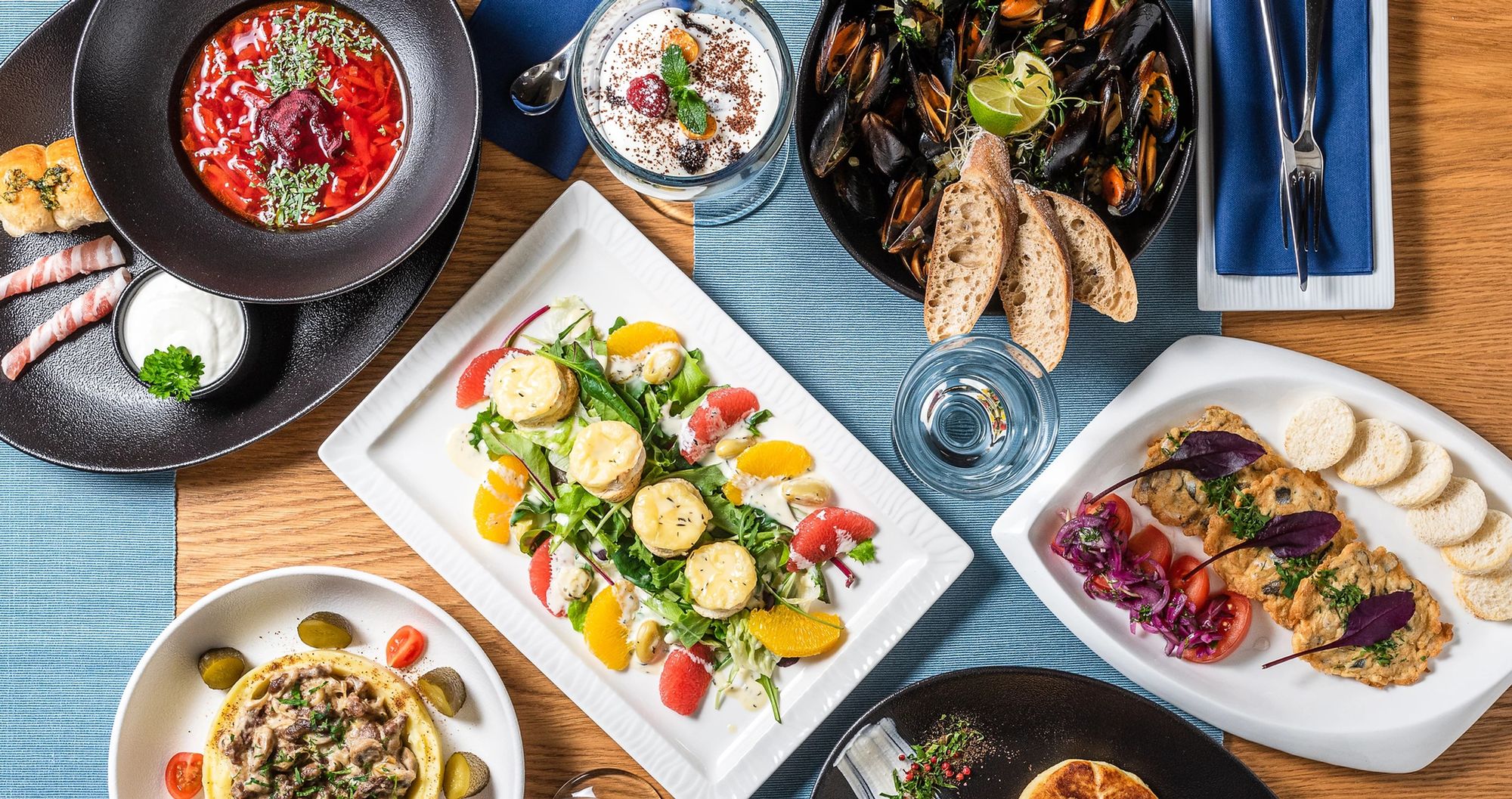

ODESSA offers a delightful, traditional, but diverse cuisine, successfully capturing the eponymous Ukrainian port city’s history and gastronomy. It is worth visiting it on your Tallinn trip; you will not regret it. The menu is somewhere between a traditional restaurant and fine dining, meaning you will not stay hungry after visiting ODESSA.
All photos are from the restaurants’ Facebook pages and official websites.

Treasure hunt in the coolest record stores | TOP 5
